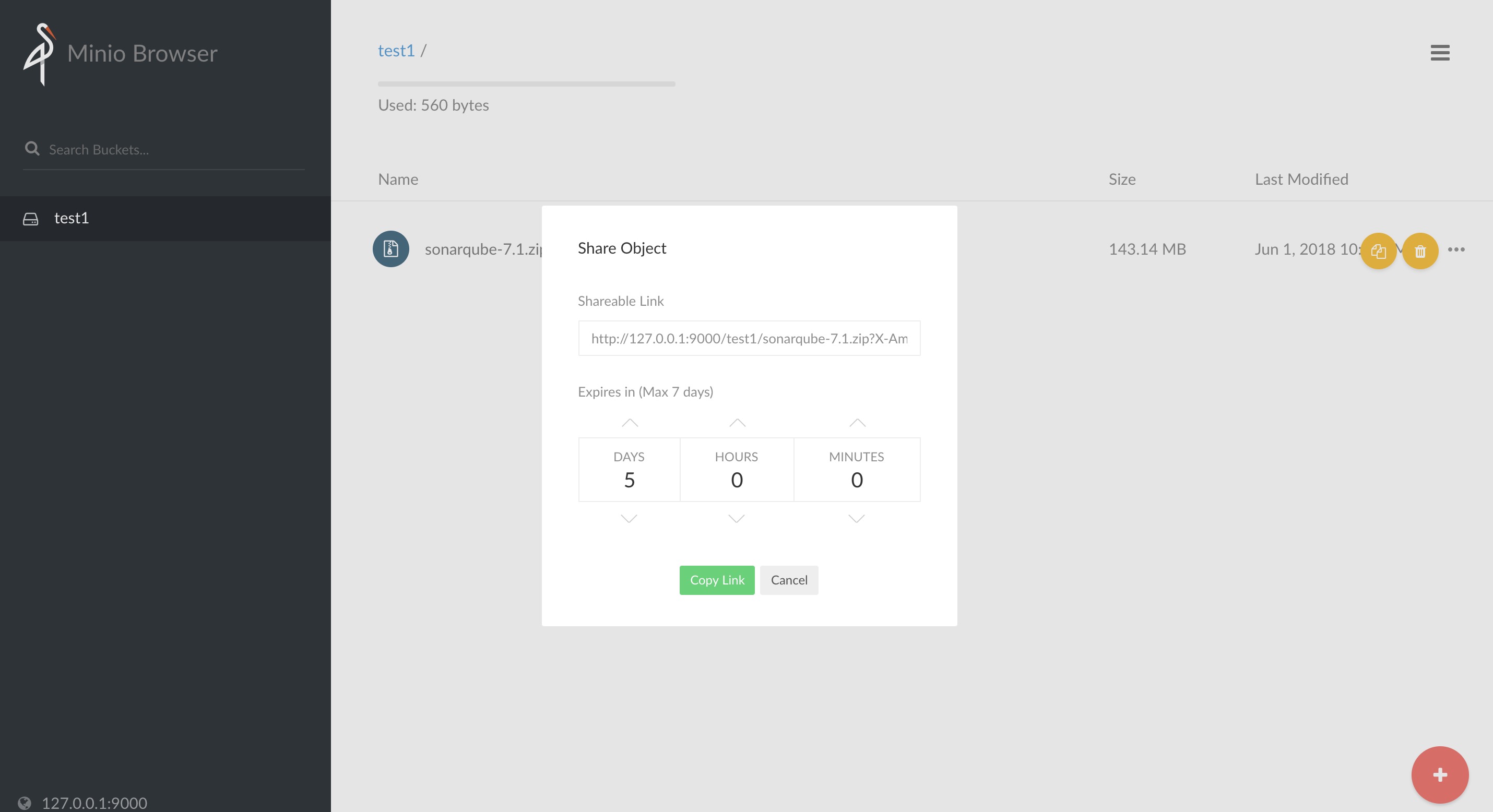记录学习Python里文本文件读写操作的方法
读写文本文件是工作中经常会遇到的一种需求,今天这里记录一下学习Python里读写文本文件的方法。
open方法
Python里打开和创建文本文件都是通过open方法来操作的,例如:
f = open('test.txt')
print(f.read())
f.close()open方法的第二个参数mode是打开文件的模式,默认值为"r",根据Python源代码注释说明可知open方法的mode参数支持如下几种模式打开或者创建文本文件:
'r' open for reading (default)
'w' open for writing, truncating the file first
'x' create a new file and open it for writing
'a' open for writing, appending to the end of the file if it exists
'b' binary mode
't' text mode (default)
'+' open a disk file for updating (reading and writing)
'U' universal newline mode (deprecated)
文本文件读取
根据网络资料查询得知Python里读文本文件有如下几种方法:
read()将文本文件所有行读到一个字符串中,如果文件大于可用内存,不能使用这种处理。 readline()是一行一行的读,支持行的跳过读取,由于每次读取一行,所以比readlines()效率低。 readlines()是将文本文件中所有行读到一个list中,文本文件每一行是list的一个元素。
具体demo代码如下:
def test_read():
f = open('test.txt')
print(f.read())
f.close()
def test_readline():
f = open('test.txt')
while True:
line = f.readline()
if not line:
break
print(line)
f.close()
def test_readlines():
f = open('test.txt')
lines = f.readlines()
for line in lines:
print(line)
f.close()文本文件写入
在要写入文本文件的时候,首先要将open的mode参数要指定为"w"可写模式。Python写文本文件有如下常用方法:
write()写入文本内容,写到内存 writelines()写入文本内容列表,写到内存 flush()将数据立即写入磁盘
具体例子如下:
def test_write():
f = open('test.txt')
f.write('https://www.5bug.wang/')
f.close()
def test_writelines():
f = open('test.txt')
f.writelines(['吾八哥博客', 'https://www.5bug.wang/'])
f.close()flush()方法这里就不写例子了,可以自行测试一下效果。
补充说明
补充一些以后在工作中可能需要用到的一些方法说明:
readable()判断文件是否可读 writable()判断文件是否可写 tell()获取当前文件的指针指向 seek()移动当前文件指针 truncate()清空文件内容 encoding文件的编码



